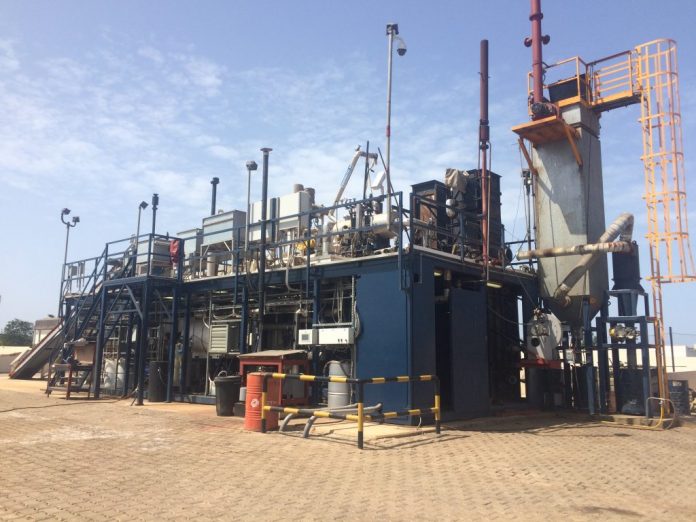By Hong Li, Ger Bergkamp and Glen Daigger*
The rapid development of the science and technology related to water will have profound impacts on the delivery of the water-related Sustainable Development Goals (SDGs). While true of the specific SDGs focused on ensuring the sustainable management of water and sanitation for all, the availability of high quality water in the right quantities is also essential for delivering many of the other SDGs. Wise management of water resources and services will benefit public health and the environment, but it can also be a true driver of socio-economic development and political stability.
Emerging science and technology is creating an opportunity for both developed countries and countries in transition, to accelerate progress towards sustainable water resources and services.
This was a key focus of the recent GSTIC conference in Brussels, which brought multiple stakeholders together to explore connecting technological innovation to decision making. Wastewater ‘as a resource’ was a recurring theme about turning wastewater into resources and how to make this transition. This issue raises many questions: what are the emerging technologies and business models? How do we interact with other sectors and work with different stakeholders in government, policy and regulation? Are technologies ready to be applied in different places? What is still missing?
Scaling up solutions and stimulating more applications starts from sharing experiences and showcasing different types of solutions. Worldwide, there are different solutions already being applied: decentralised onsite systems, container based systems, conventional networked systems, integrated systems combining sanitation and water systems, and many more. We are facing different challenges in different contexts, and we need to look for the best water and sanitation solutions based on the different circumstances presented in low-income countries, emerging economies and higher income countries.
In many developing countries, such as South Africa, India, and Haiti, small scale decentralised systems serving local communities have been implemented successfully. Even in small systems, the entire value chain is reviewed, and sanitation services are being created that both protect the environment as well as reusing and recovering resources for communities. During this process, the public sector, private sector and communities are all engaged to make the systems work at local scale. Many countries have duplicated these solutions.
In developed countries, systems have often existed for a long time and completely building new systems is not always practical. Aside from looking at the market value of recovered resources, optimising existing system processes and all parts of the value chain will lead to a better business case over time.
Regardless of the what, where and how, it’s crucial to look at the whole value chain, create public-private-people partnerships and to collaborate among multiple stakeholders.
Our discussions during the GSTIC conference developed some key messages for the sector:
- Treating wastewater to safeguard public and environmental health is increasingly combined with turning wastewater into new resources (water, energy, nutrients, materials), which is both technically feasible and practiced on a growing scale.
- This wastewater transformation forms a major opportunity to change the way we manage water resources and water and sanitation services to become more sustainable.
- Resource recovery from wastewater has a major impact on how we can operationalise the building of a circular economy and a healthy environment.
The conference also had some clear messages for policy makers to further contribute to the achievement of relevant SDGs goals:
- Countries need to carry out a wastewater and resource recovery (technology) readiness assessment that shows where, how and what can be done to accelerate innovation.
- Capacity and skill development will be required at all levels to foster community engagement, with particular emphases on women and youth.
- New business models need to be developed and supported to enable the engagement of the private sector, including industrial water users and small and medium enterprises.
- Further efforts are needed to raise public awareness and broader acceptance of using recovered resources.
- New policies and regulations are needed to allow the use of recovered resources and to incentivise the expansion of wastewater management and the use of derived materials.
It’s important for water professionals, and stakeholders in other sectors, to push an agenda that supports continuous collaboration and the sharing of experiences and knowledge. Without this focus and drive, we run the risk of failing to deliver on a once in a lifetime opportunity to develop a truly cyclical, truly sustainable water sector.








